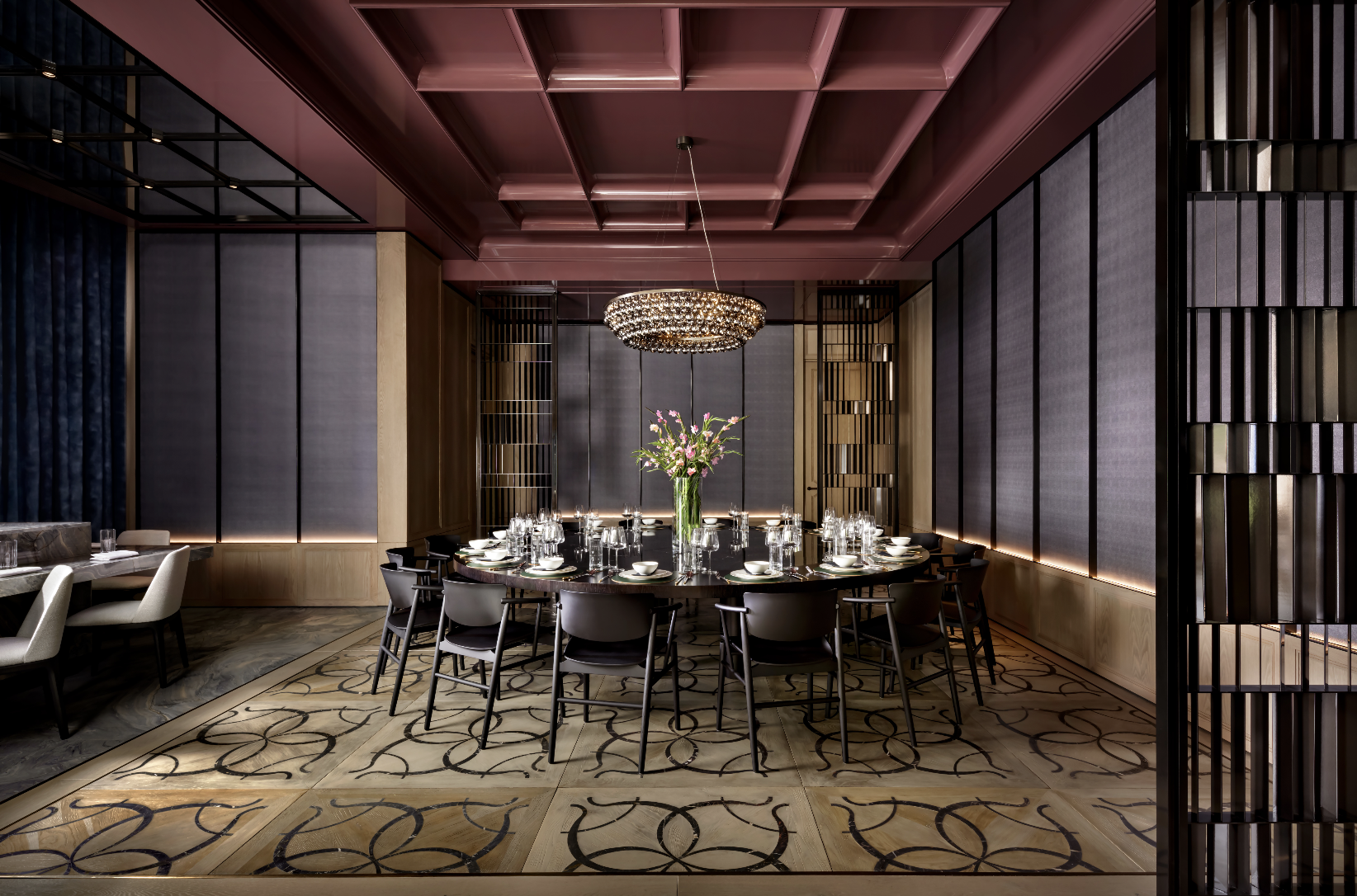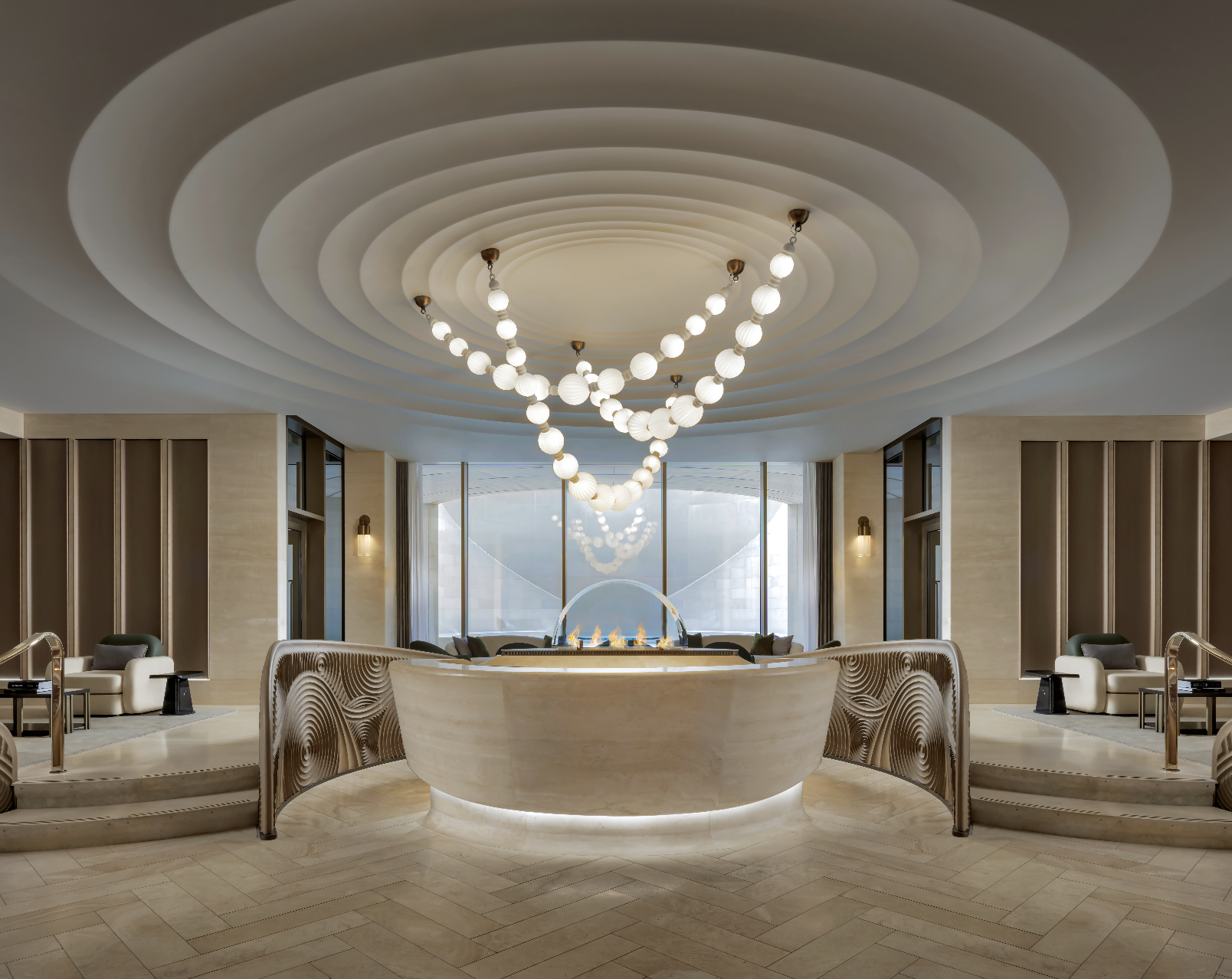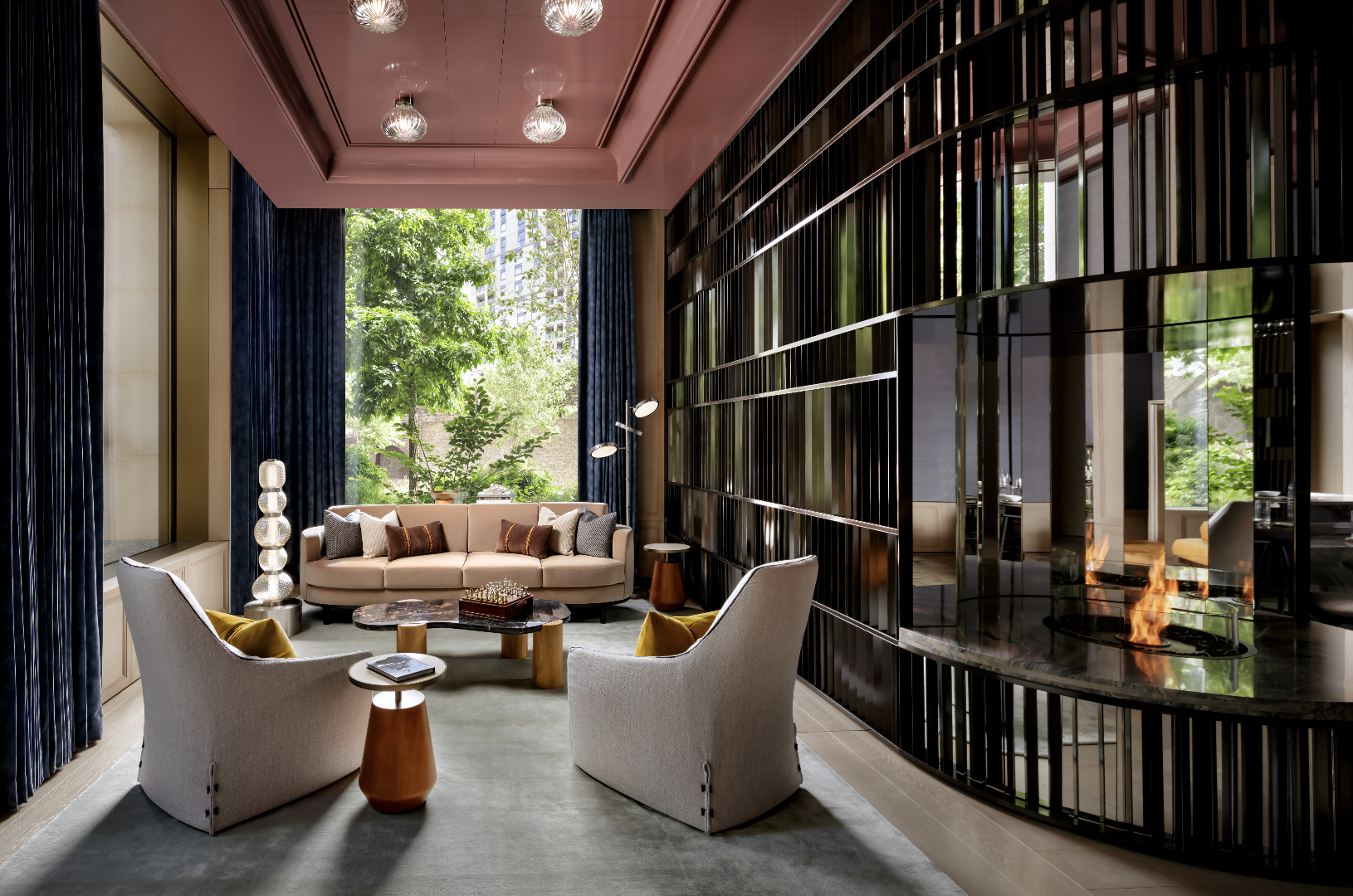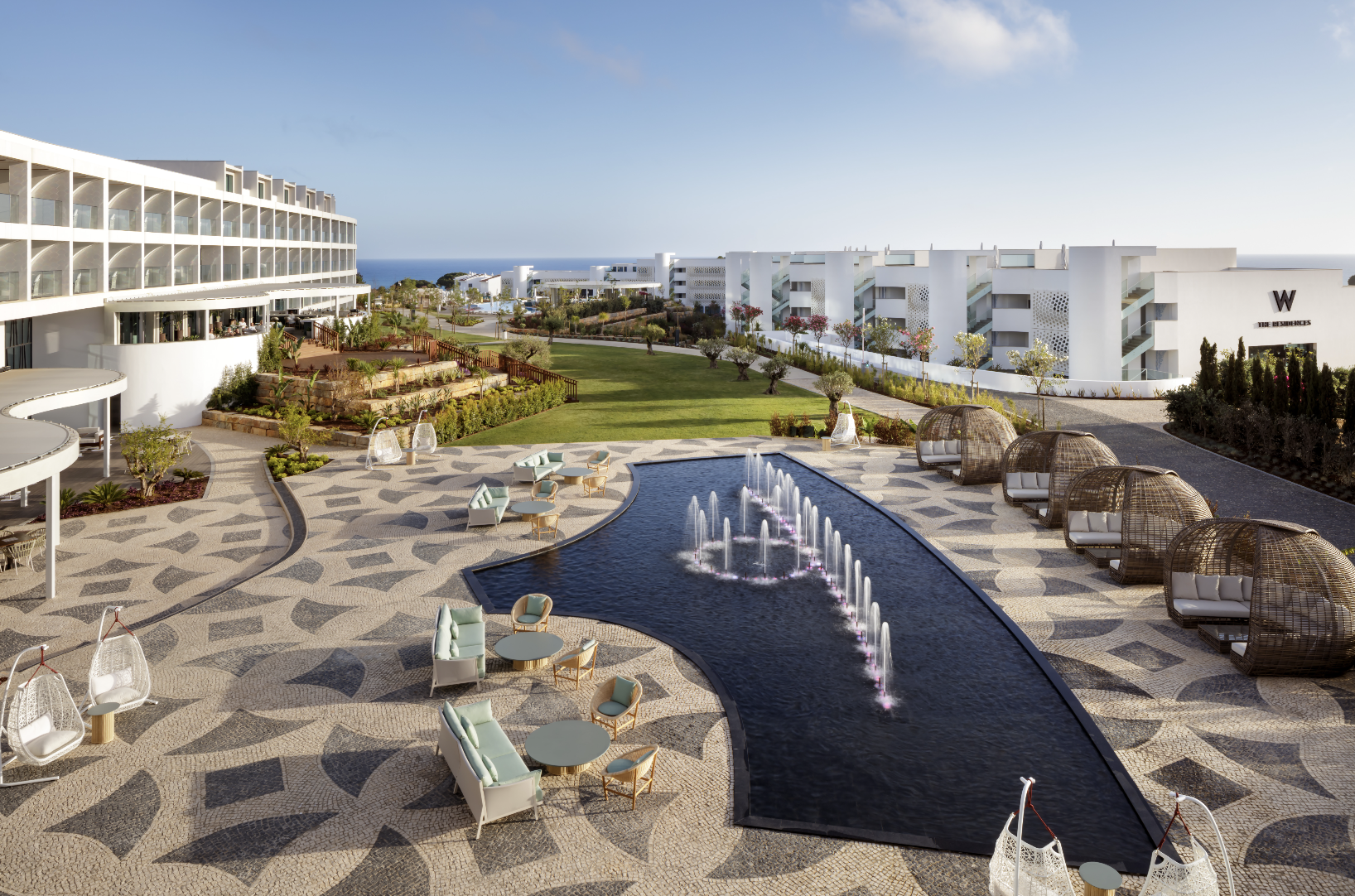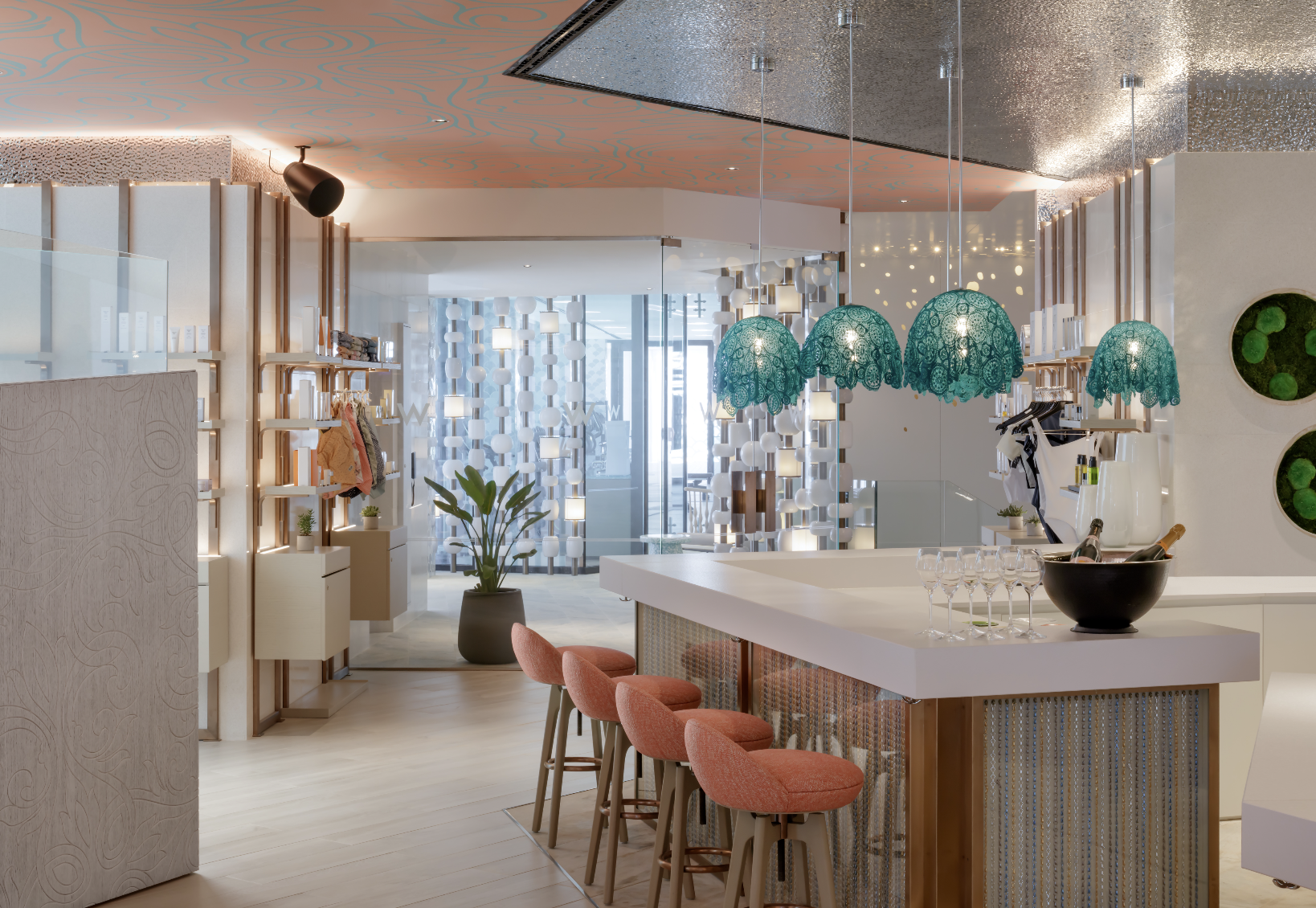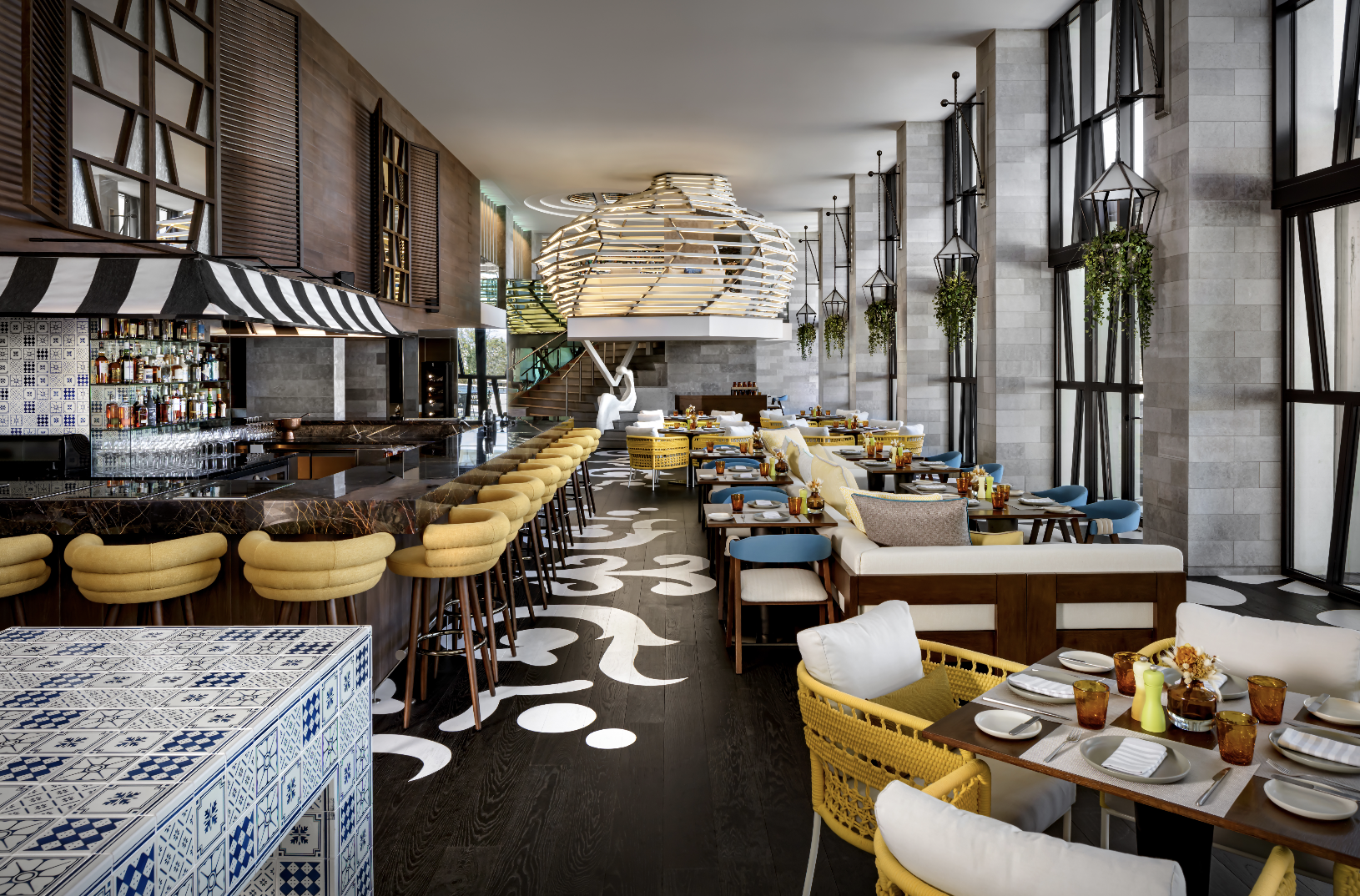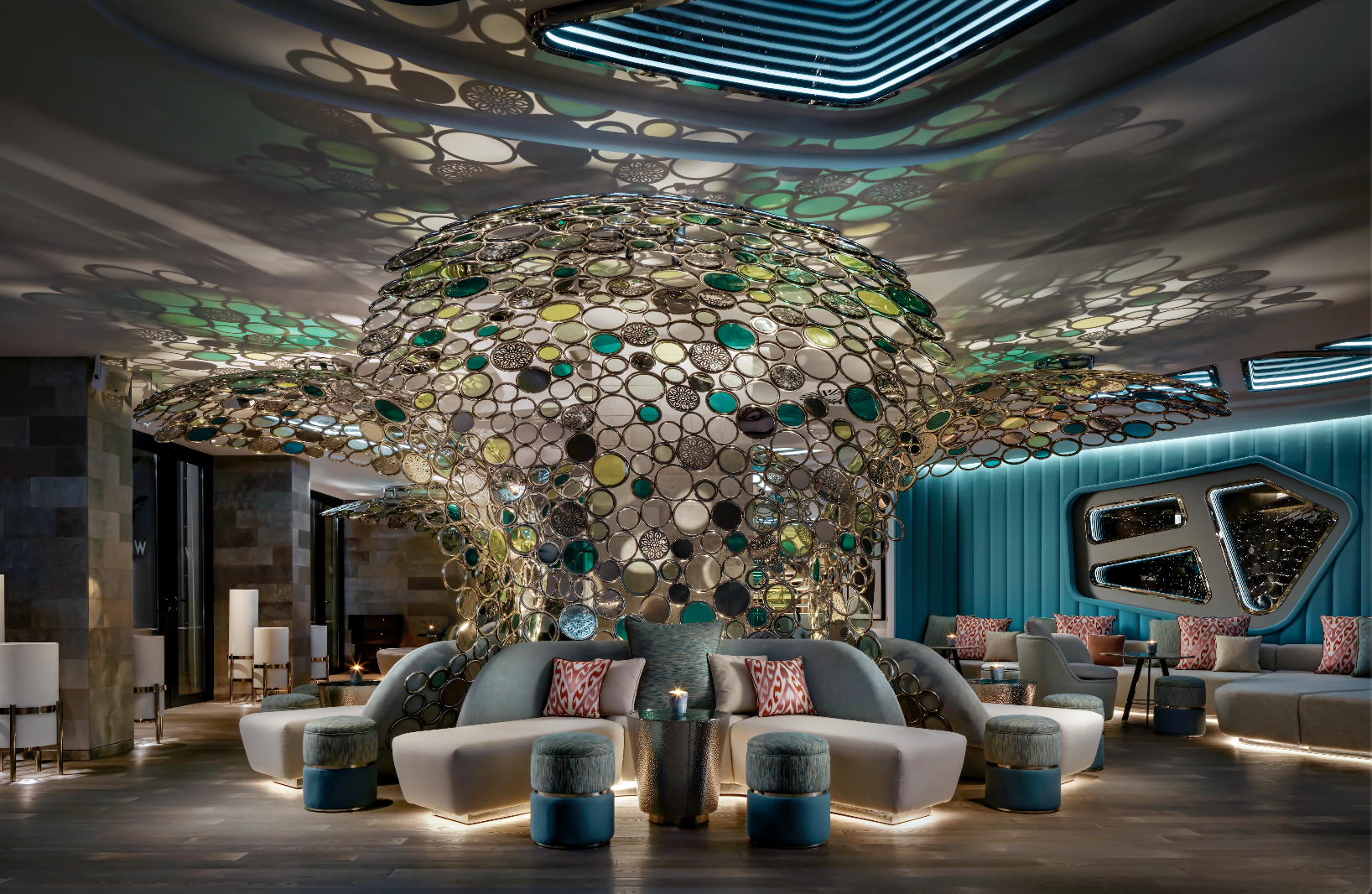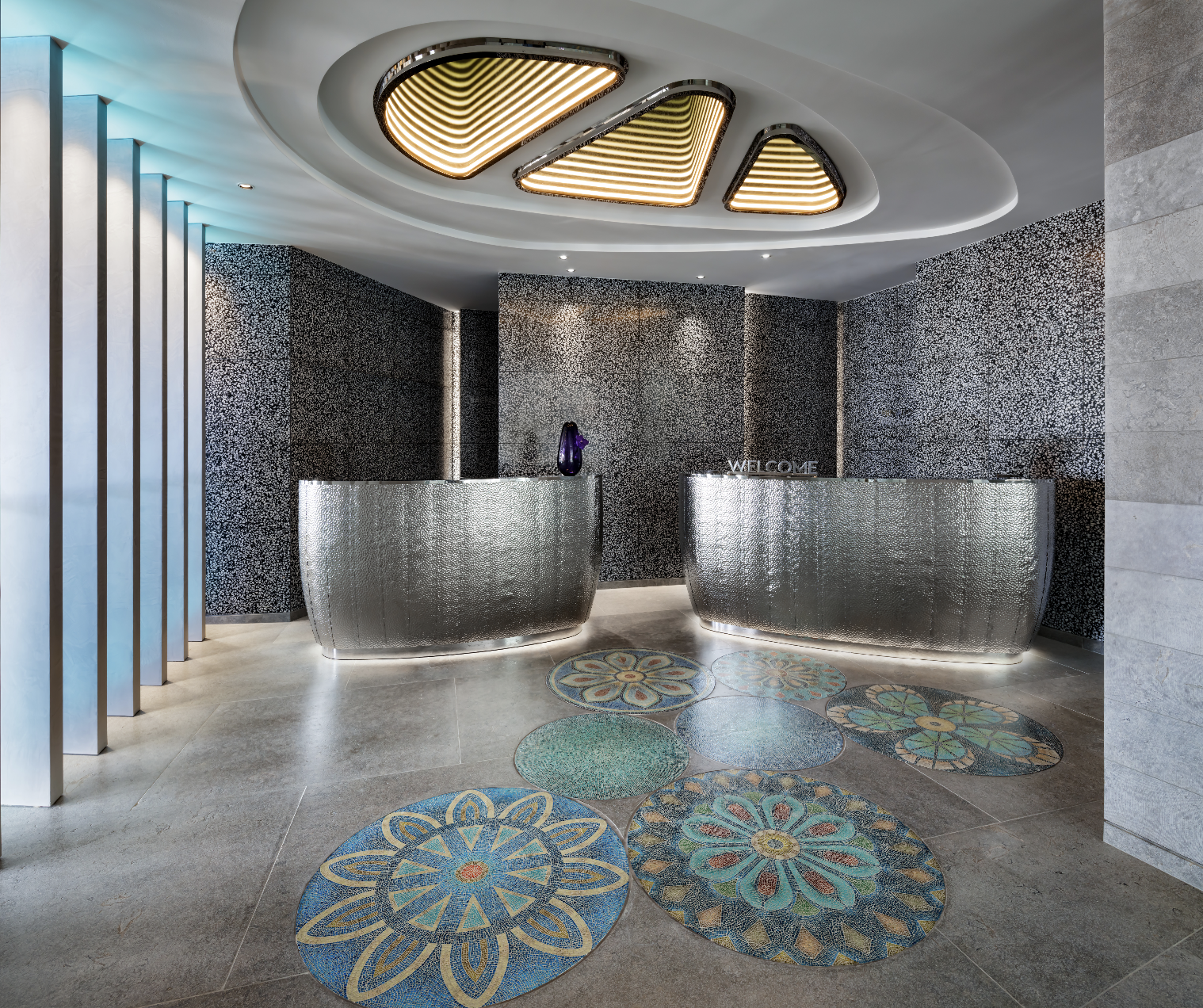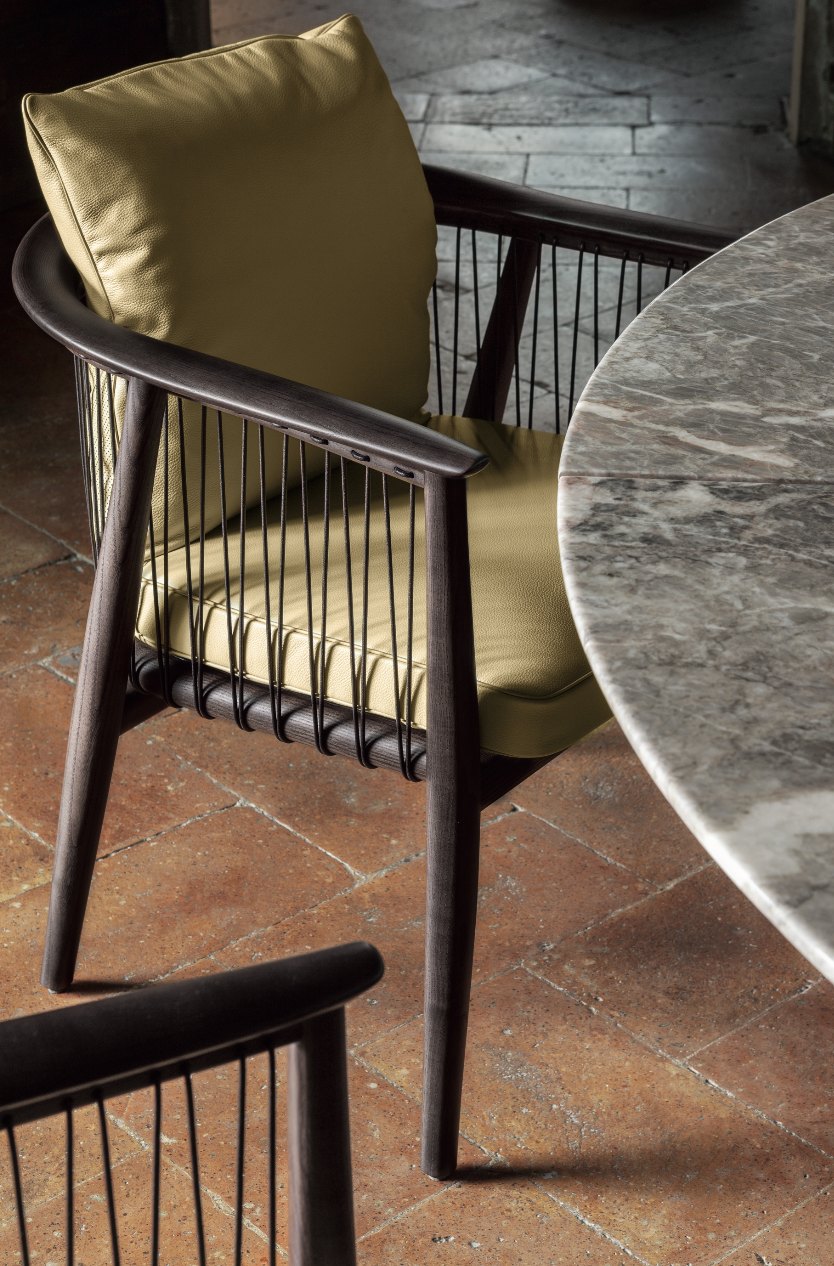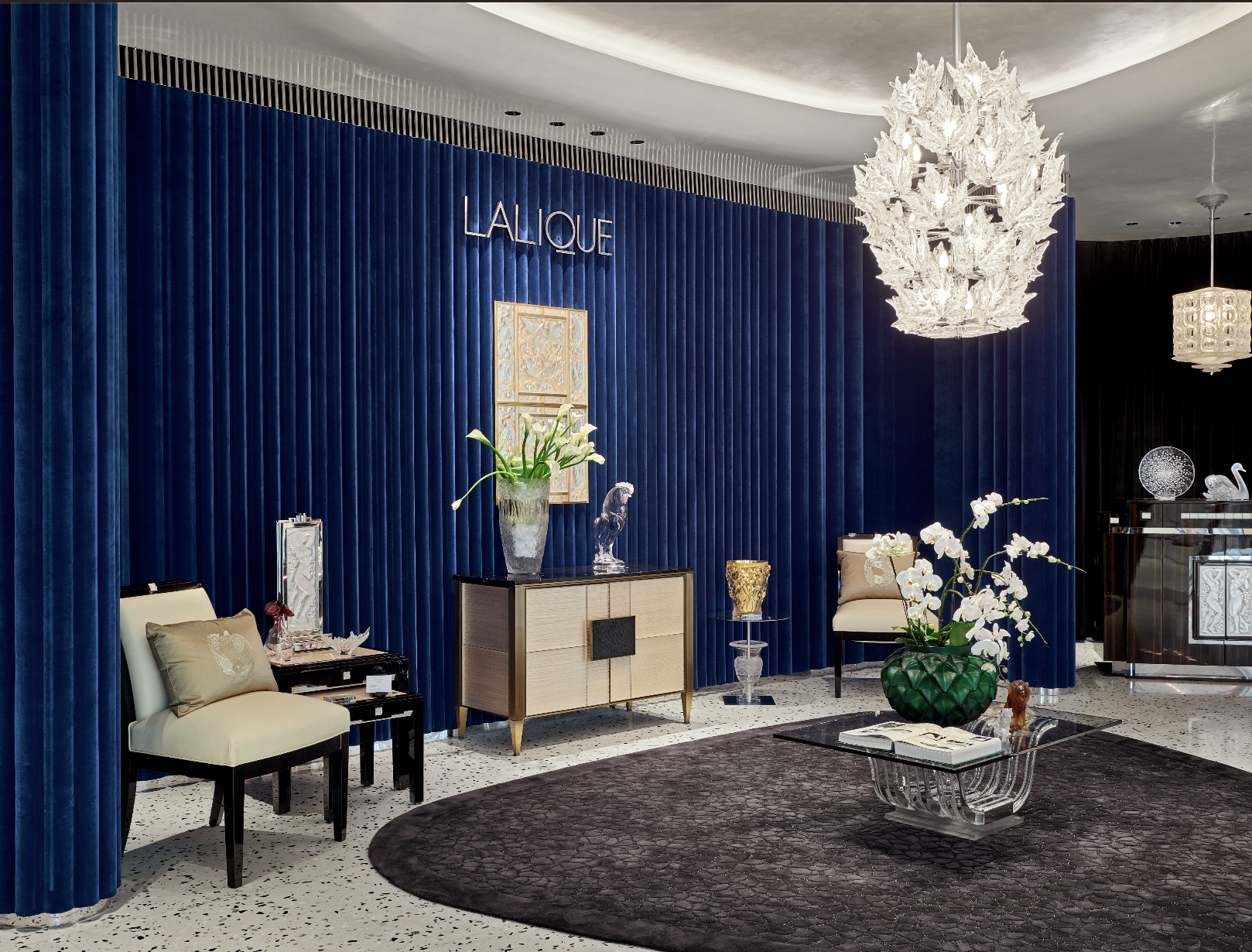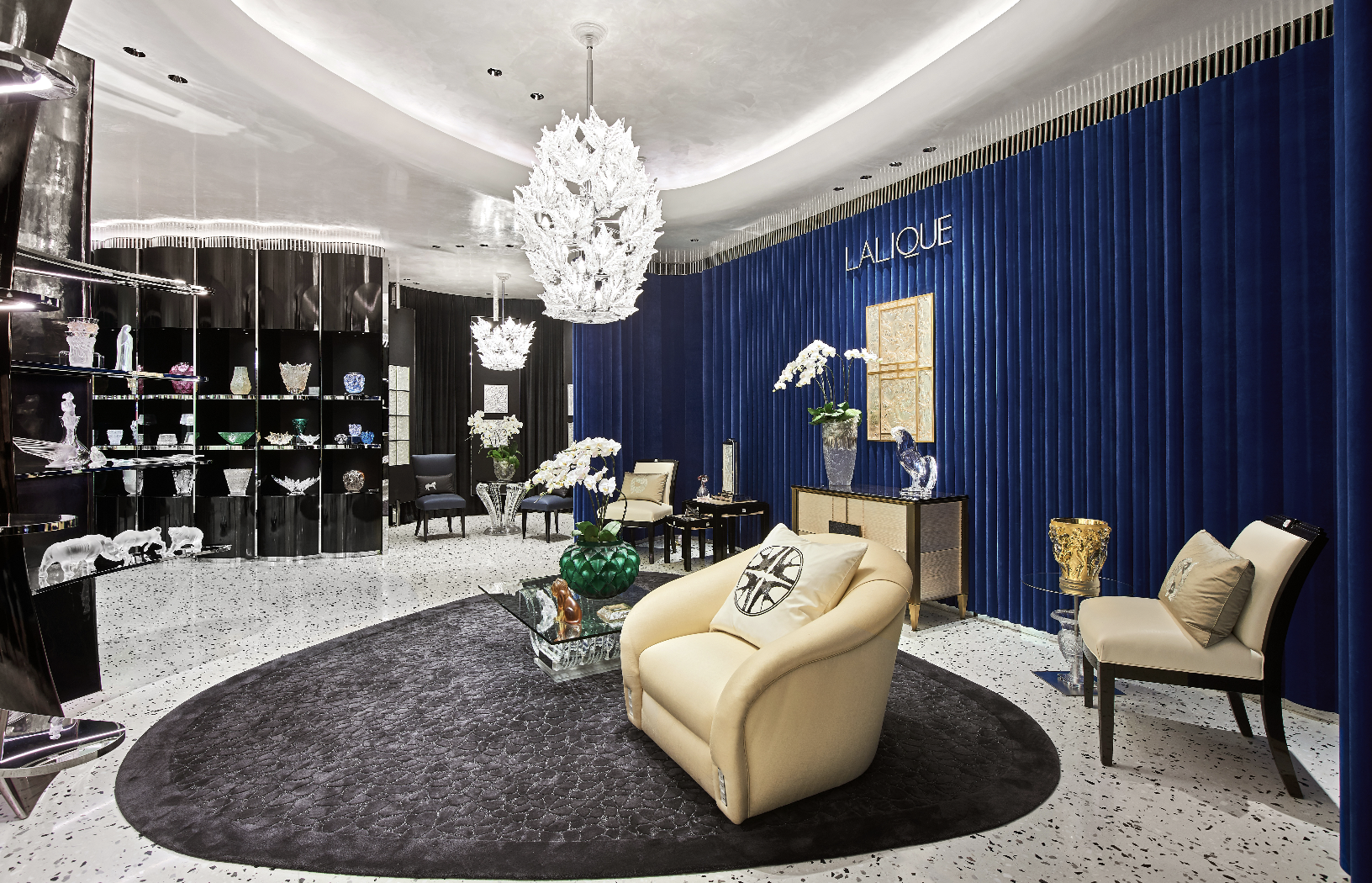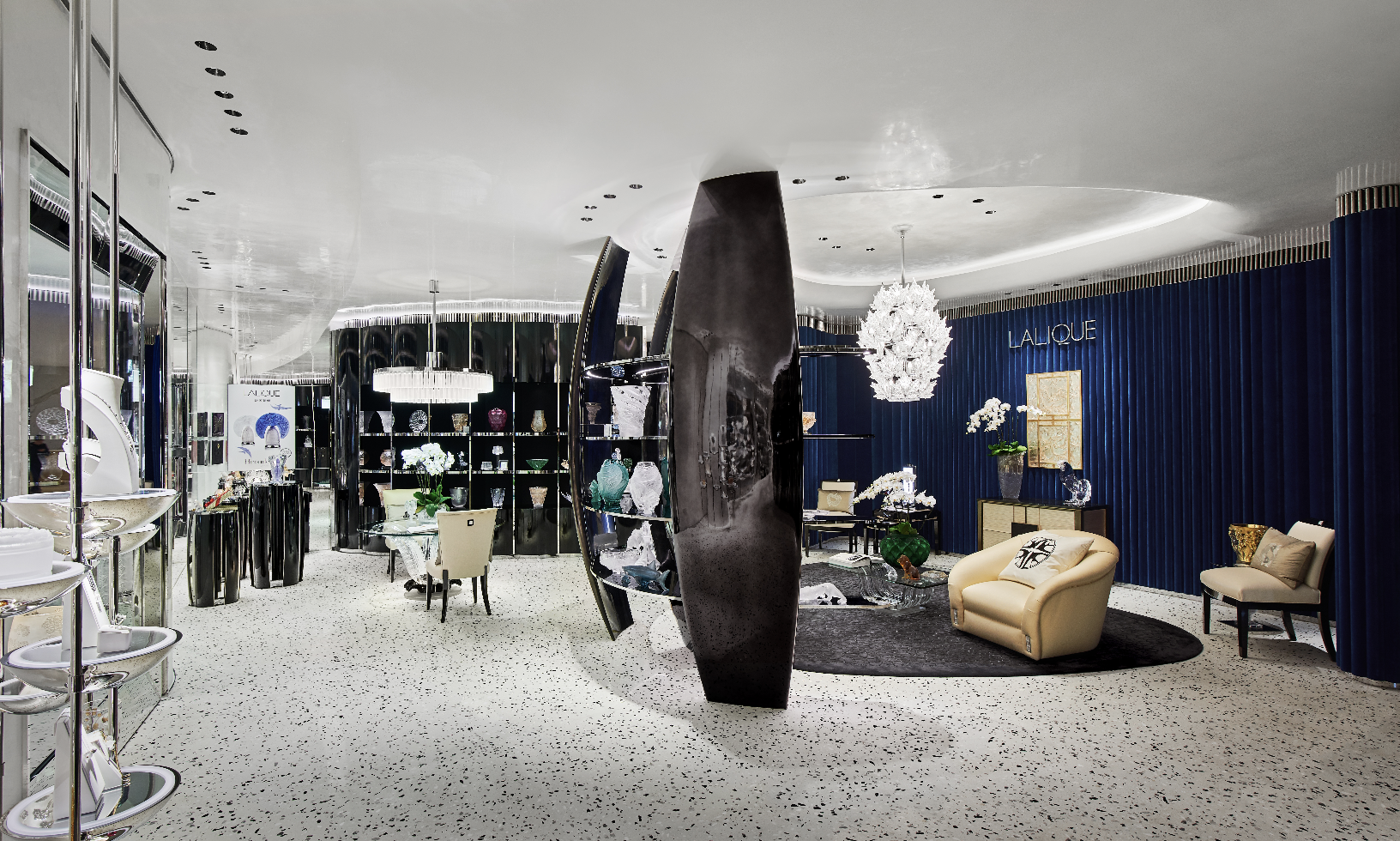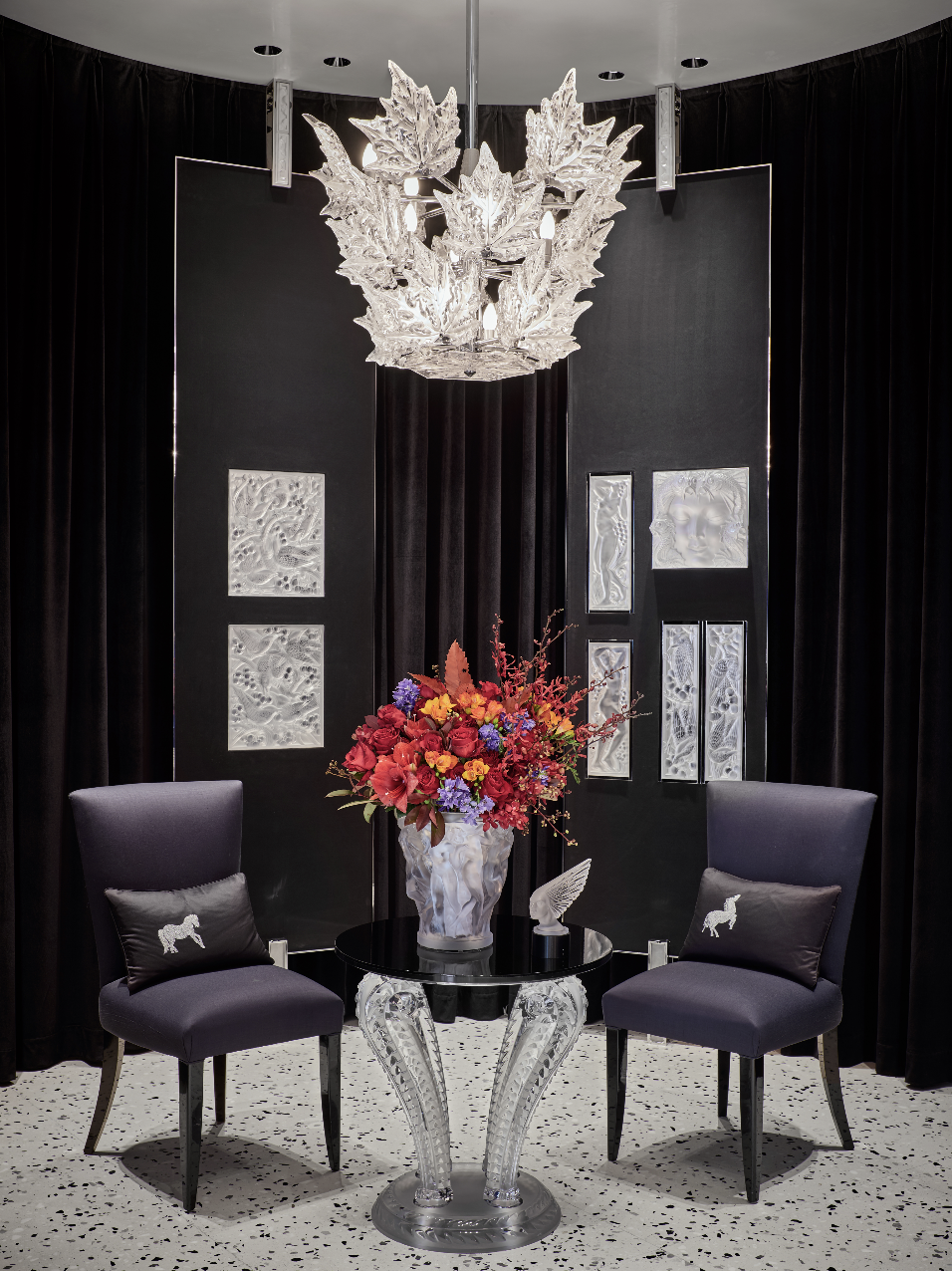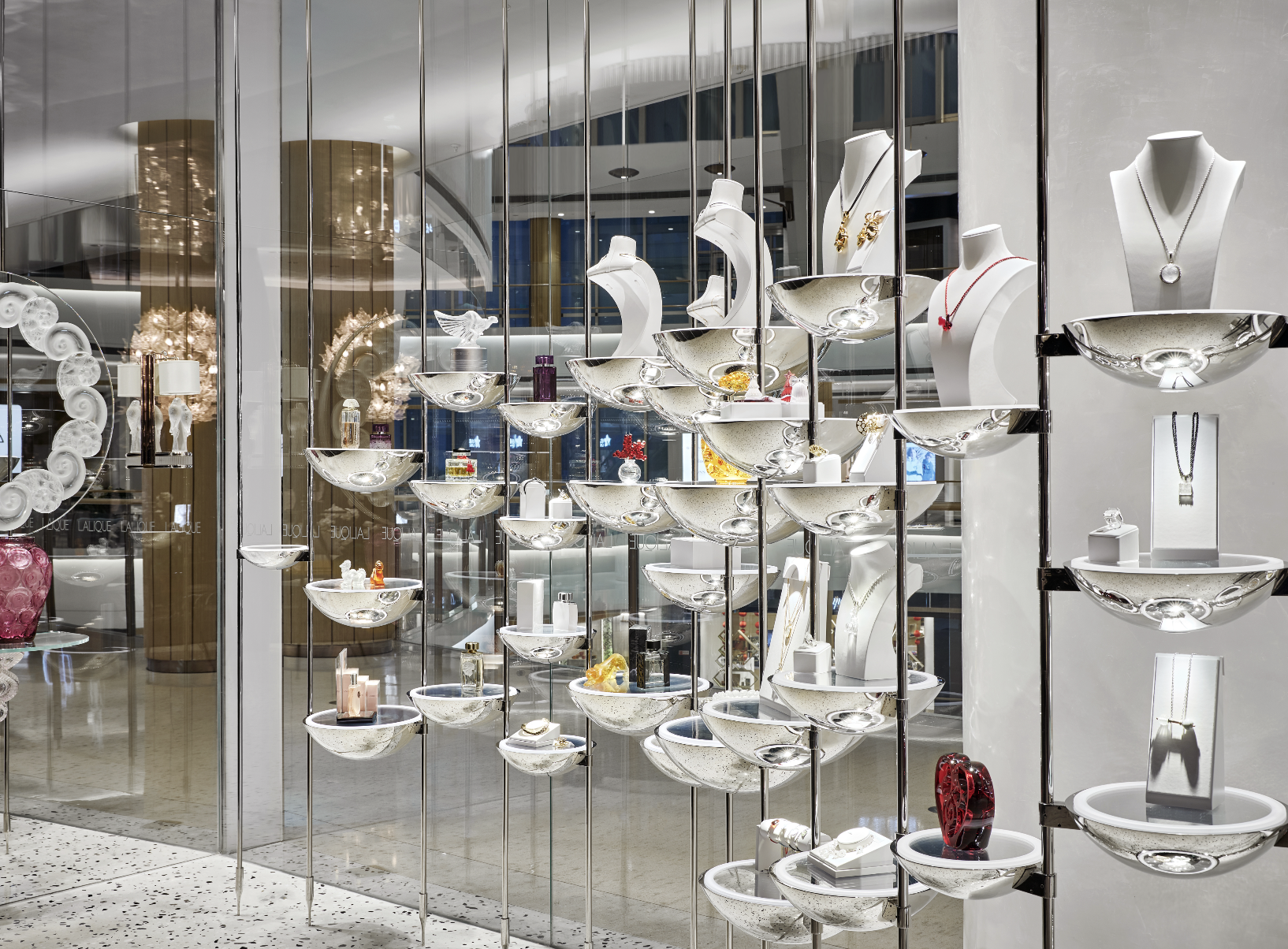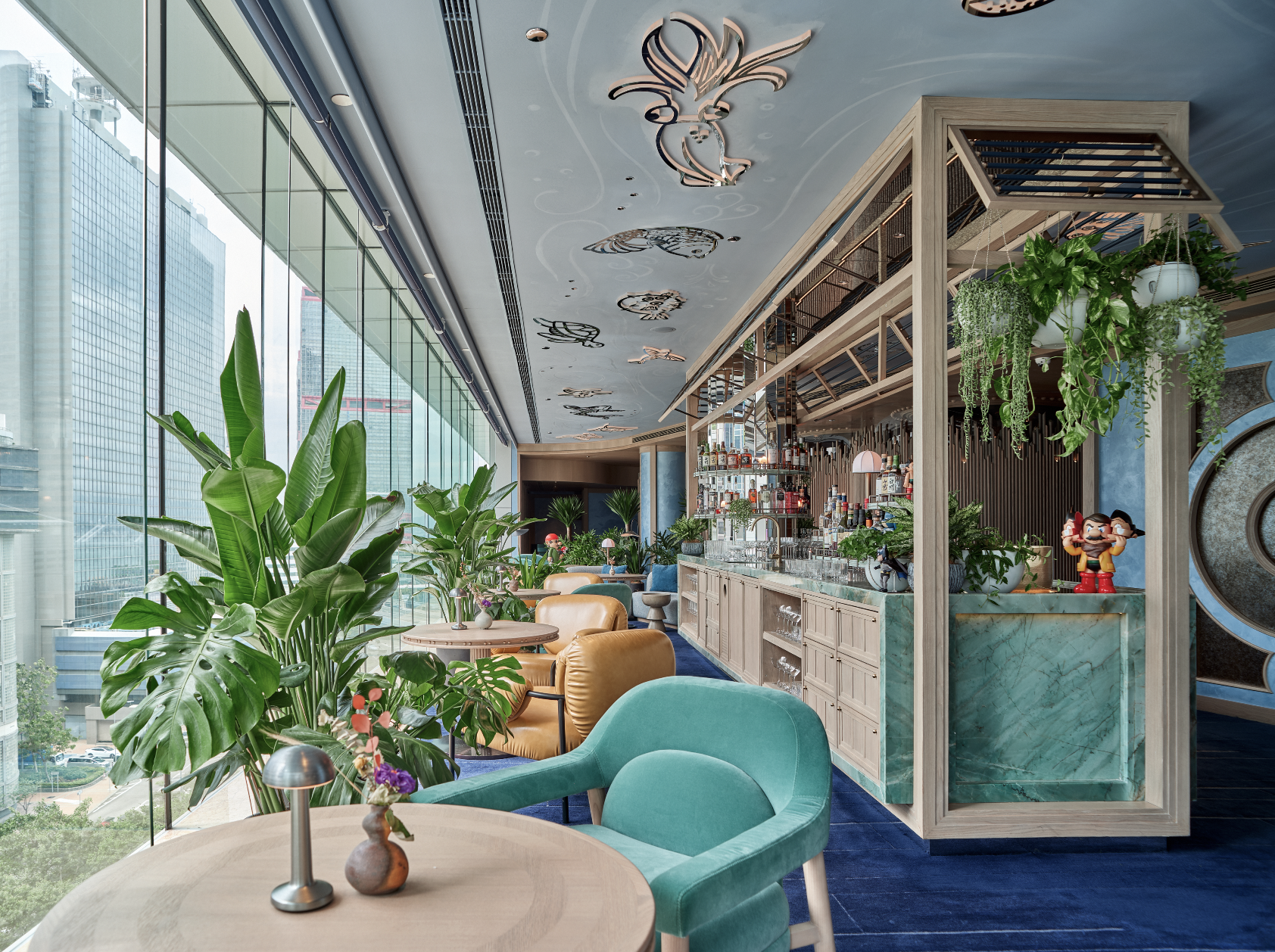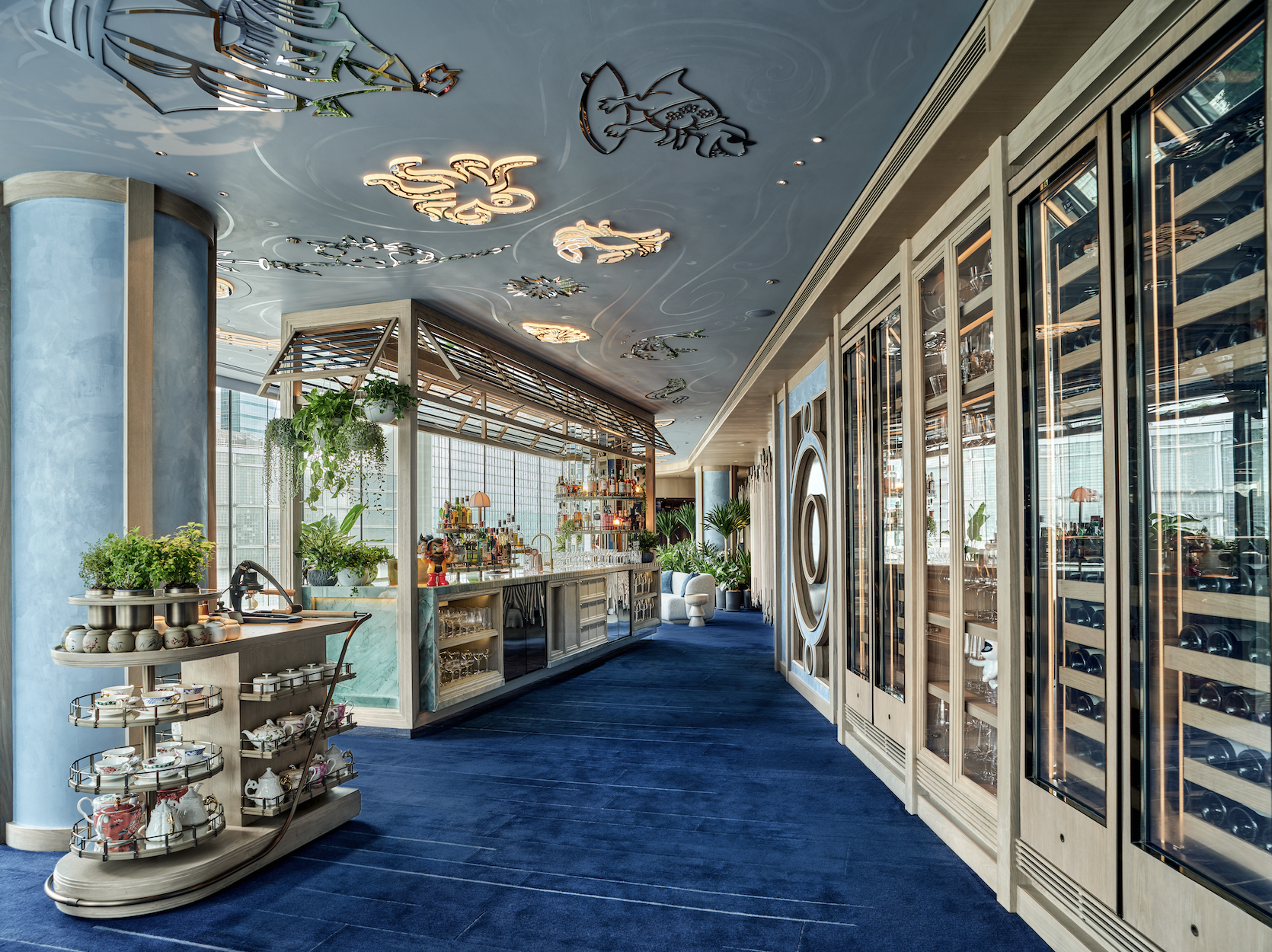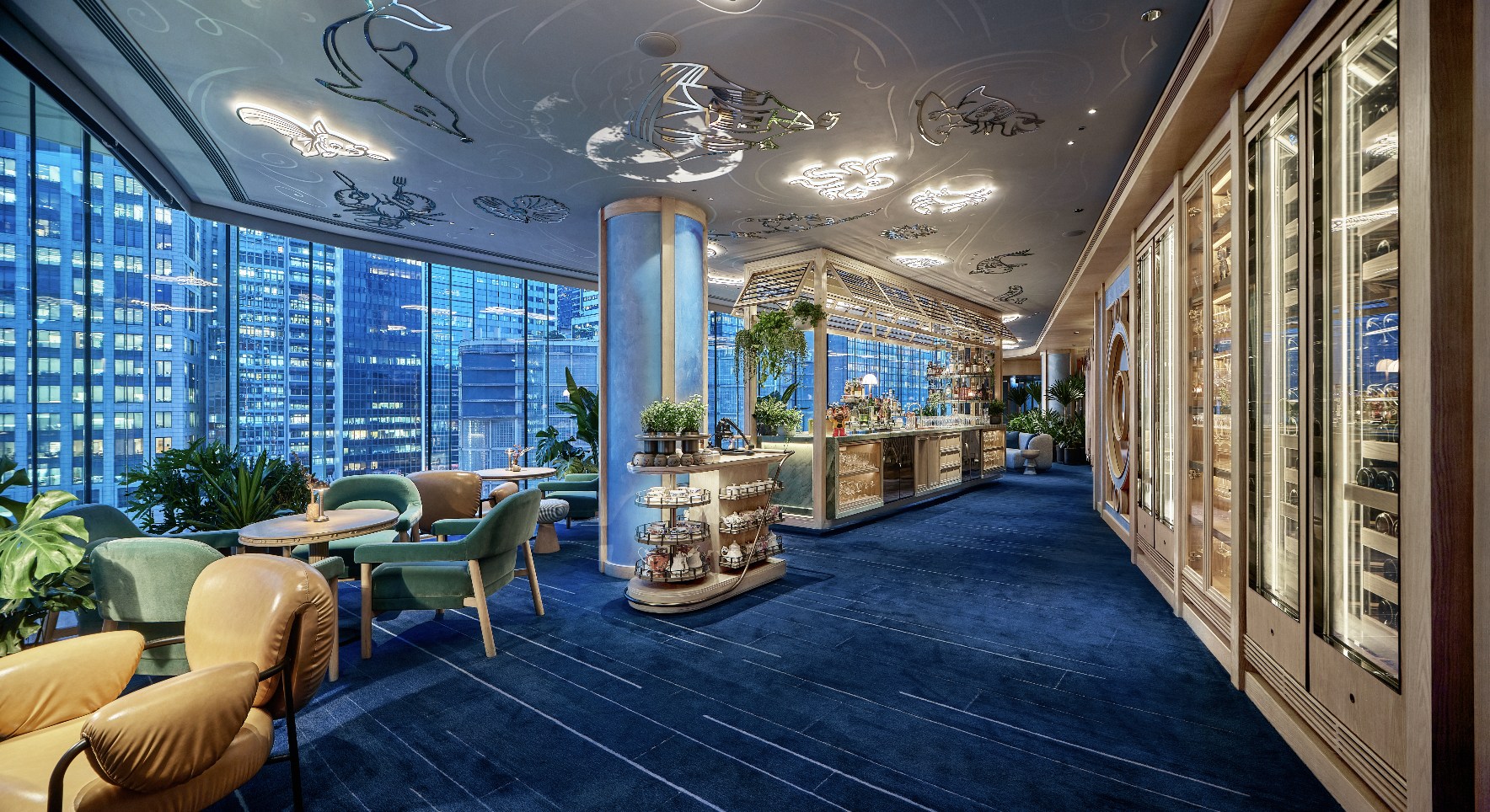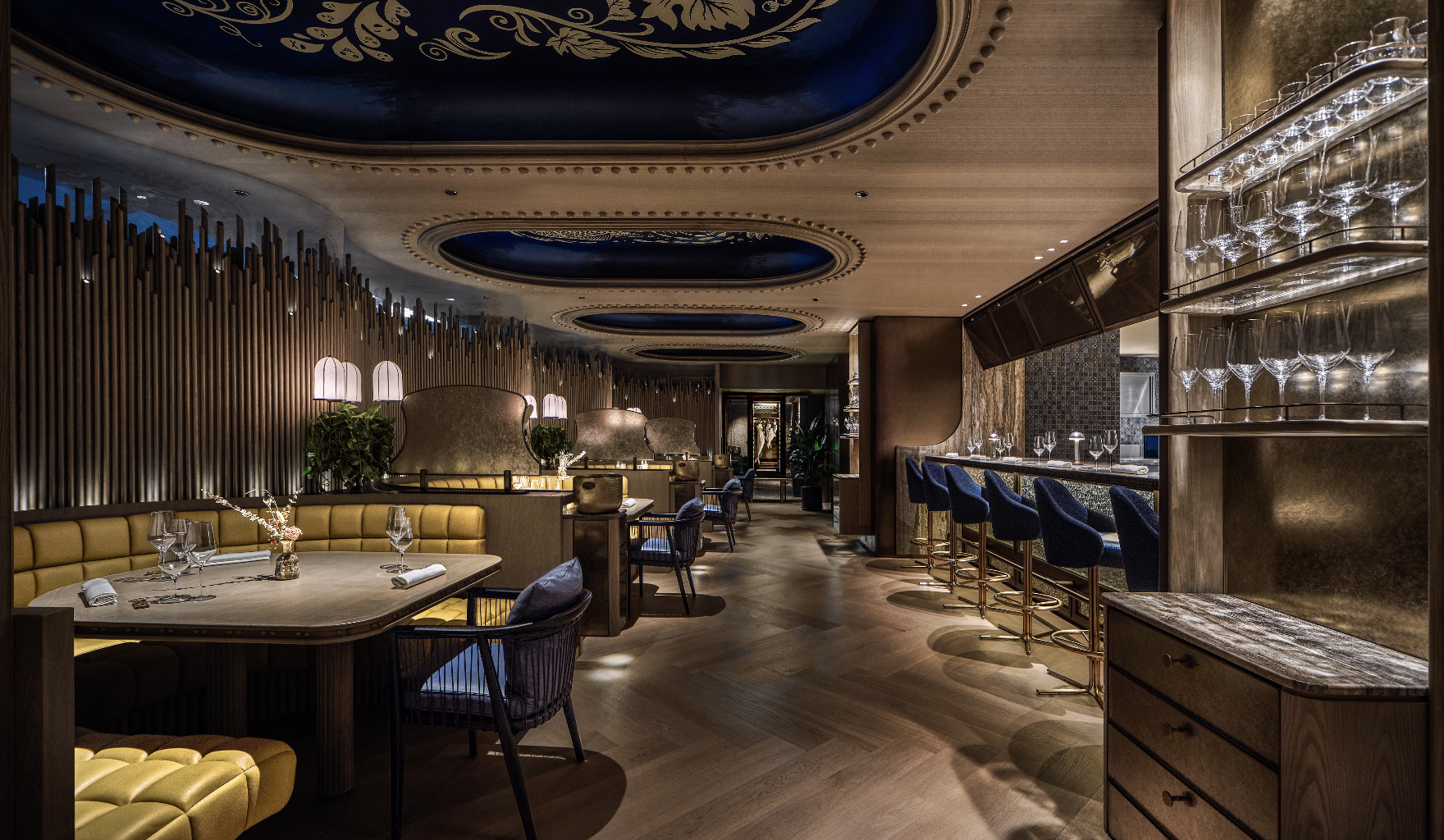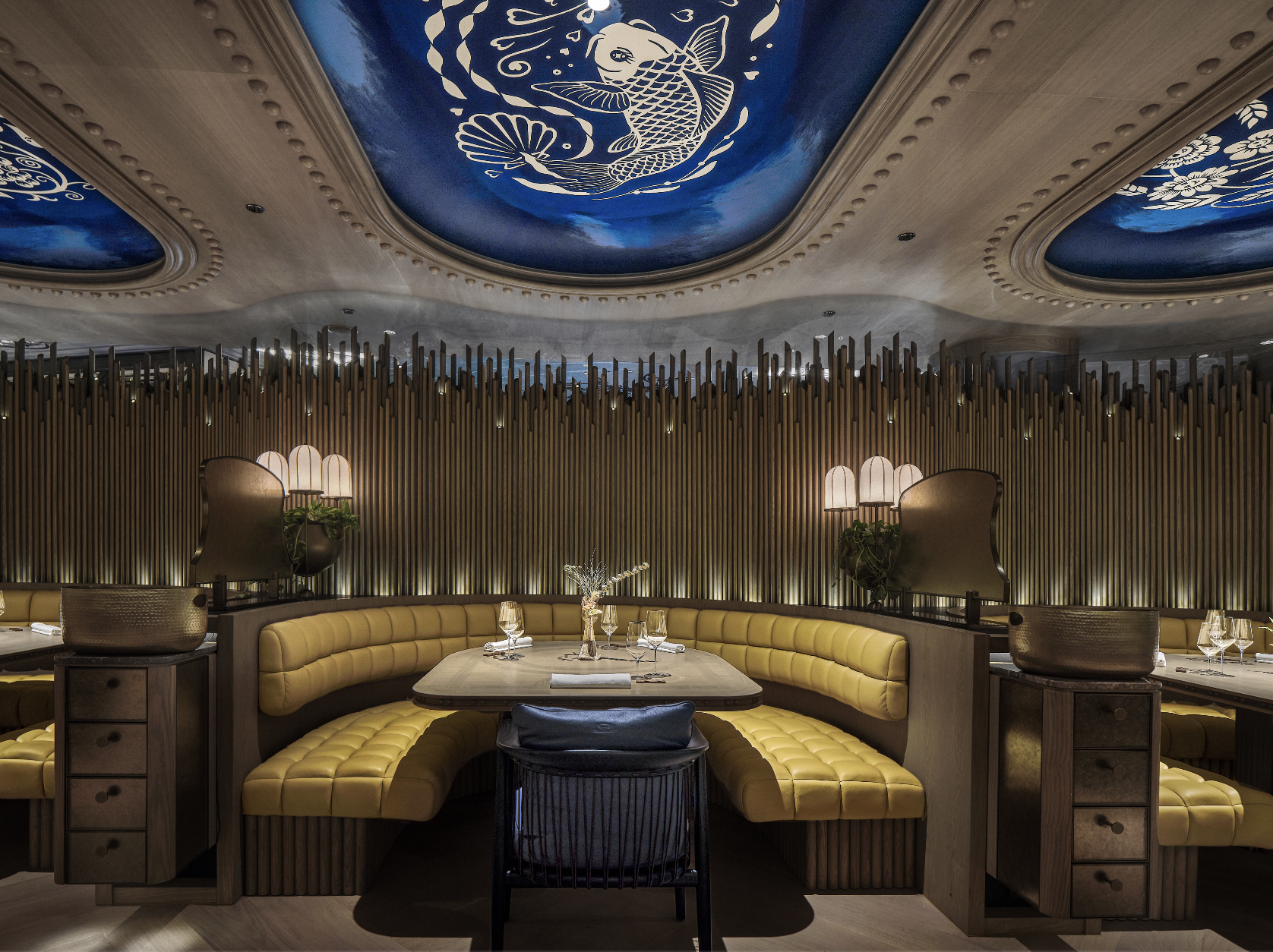AB Concept, a design studio founded in Hong Kong in 1999 by architect Terence Ngan and interior designer Ed Ng, boasts over two decades of global experience. They collaborate with top hospitality brands to craft interiors that embody their clients’ values and create memorable experiences. Their designs extend beyond aesthetics, incorporating emotional journeys into projects. AB Concept balances architecture, interiors, and creative direction, skillfully combining contrasting elements to evoke time, place, and culture. Asia Designers Directory connects with the design duo to learn about AB Concept’s approach towards designing standout interiors.
As the co-founder of AB Concept, your portfolio spans luxury hospitality, residential, and commercial spaces. How do you approach projects across sectors and geographies differently to ensure stellar outcomes?
We always believe that each project should be a true and unique reflection of its soul and cultural context. Much like a chef creates a masterpiece by carefully selecting ingredients and transform them into an amazing work. We refer to this approach as “design like a chef.”
Just as a chef starts with locally-sourced, fresh ingredients to create a culinary masterpiece, we begin our design journey by immersing ourselves in the local culture and environment. We take a lot of time to walk the streets, study the materials, craftsmanship, and the very essence of the place, much like a chef explores the local market to find the most exquisite ingredients.
After finding what we might use, usually ending with too much on the table. It is our role to carefully select the elements that suit the project the best, drawing inspiration from the rich tapestry of traditions and heritage. This allows us to infuse each project with a unique and authentic character.
In the end, our projects are sometimes just like the result of a chef’s meticulous preparation, where every detail matters. Aside from the fundamentals, we are never a fan of formulaic or repetitive design; instead, we look at design as a labour of love, crafted to resonate with the spirit of the location, making each project a unique work of art that tells a story, evokes emotions, and provides an authentic experience for those who live there or visit it.
- Thames City, London, United Kingdom
- Thames City, London, United Kingdom
- Thames City, London, United Kingdom
- Thames City, London, United Kingdom
- Thames City, London, United Kingdom
- Thames City, London, United Kingdom
- Thames City, London, United Kingdom
- Thames City, London, United Kingdom
AB Concept is renowned for creating immersive and memorable experiences. Can you elaborate on how you incorporate storytelling into your designs to evoke emotions and connect with users?
I believe that design is a valuable and evolving tool, a science and a craft combined. It helps us to understand who we are, to reflect how we live and to shape how we come together.
Creating a sense of wonder and surprise in our designs is what sets our projects apart. On top of this staying true to connecting each design to its location and could be proudly presented by local population as something that represents their city has always been one of our goals.
Envisioning myself as a guest is perhaps one of the most important aspects of my design process. Personally, I always put myself in the shoes of a guest when approaching our design, every time for every design in every project. I consider how I would feel when standing in a particular space and what’s the first thing that will catch my attention. I also take into account elements that would make the guest experience as relaxing as possible.
We always describe our mission as translating intangible emotions into tangible realities. We want to design for experience and memory together for guests to remember in life. So in every project we ask ourselves two questions: How do we want people to feel? What will be remembered from this experience an hour, a day, a week and a year later? Ultimately, design is about being.
- W Algarve Hotel and Residences, Albufeira, Portugal
- W Algarve Hotel and Residences, Albufeira, Portugal
- W Algarve Hotel and Residences, Albufeira, Portugal
- W Algarve Hotel and Residences, Albufeira, Portugal
- W Algarve Hotel and Residences, Albufeira, Portugal
- W Algarve Hotel and Residences, Albufeira, Portugal
- W Algarve Hotel and Residences, Albufeira, Portugal
- W Algarve Hotel and Residences, Albufeira, Portugal
Sustainability has become a central concern in design. How does AB Concept approach sustainability in projects while ensuring that deliverables are met?
Most of our clients and hotel operating partners have been actively implementing sustainability as one of the base principles for their hospitality business – from design, construction, operation all the way to providing hospitality services for guests.
As designers, we also look at it as a base principle to be applied to design, from contemporary to traditional, without dictating a particular aesthetic.
The goal is to create the same level of hospitality experience for guests, positive work experience for employees, lower waste and long-lasting design/construction with lesser maintenance cost and replacement requirements.
Having such considerations does not necessarily alter the idea of luxury, hospitality, or even aesthetic. The overall concept is to translate the emotion we want to create into a tangible environment that is beautiful and comfortable. To achieve this, it is never about how expensive or lavish the material we use, but more on the lens of us designers to create beautiful designs.
Like a chef, if you are unable to use a fire stove, there are always other options to cook food that is equally delicious.
- Viola Chair
- Viola Chair
Collaboration is crucial in the design world. Could you tell us about significant collaborations and how these partnerships have shaped you as a designer?
Custom-designed elements play a pivotal role in most of our projects. Whether it’s furniture, installations, decorations, or upholstery, we often opt for custom designs when our project demands it. The only goal, of course, is to translate the emotions we want our guests to experience into tangible, tactile elements that resonate within the space.
Over the years, I’ve had the privilege of collaborating with renowned brands like Poltrona Frau, Gebrüder Thonet Vienna, Tai Ping, Lalique, and many more. These partnerships have been transformative for our projects, allowing me to blend my design concepts with their wealth of knowledge in materials and production techniques. The result is consistently designs that not only exude aesthetic appeal but also boast functionality and impeccable craftsmanship.
- Lalique Flagship Store, Shanghai, China
- Lalique Flagship Store, Shanghai, China
- Lalique Flagship Store, Shanghai, China
- Lalique Flagship Store, Shanghai, China
- Lalique Flagship Store, Shanghai, China
- Lalique Flagship Store, Shanghai, China
What projects are you working on at the moment?
A few recently completed and ongoing projects include the Papermoon in Raffles London at The OWO, 50 West 66th Street development in New York, One Thames City in London, ARGO, Noi at Four Seasons Hong Kong, and W Algarve in Portugal. In fact, there are a few very exciting projects we are working on across Japan, Europe and MiddleEast that hopefully we would be able to reveal soon too.
- Noi, Four Seasons, Hong Kong
- Noi, Four Seasons, Hong Kong
- Noi, Four Seasons, Hong Kong
- Noi, Four Seasons, Hong Kong
- Noi, Four Seasons, Hong Kong
- Noi, Four Seasons, Hong Kong
Photos credit: AB Concept
About AB Concept
AB Concept is an international interior design and architecture studio founded in 1999 by Ed Ng and Terence Ngan. The studio’s unique design approach draws similarities to how a chef develops a recipe, exploring local culture and experimenting with tastes and skills. This approach results in bespoke experiences through narrative-driven interiors with meticulous attention to detail, creating moments that matter in luxury environments across the hospitality, commercial, and residential sectors.
AB Concept works on a global scale with offices in Hong Kong, Taipei, Tokyo, London and Milan, serving clients in 16 countries and over 30 cities, from holiday destinations such as Algarve and Saint-Jean Cap-Ferrat to gateway cities like London, New York, Shanghai, and Tokyo. The studio collaborates closely with internationally-renowned hospitality, restaurant, and luxury brands, including Four Seasons, Ritz Carlton, Rosewood, Waldorf Astoria, and W Hotels. Recent projects include the acclaimed Paper Moon Giardino restaurant in Milan, Lalique’s flagship store in Shanghai, and the bar Argo at the Hong Kong Four Seasons, named one of the world’s top 50 bars.
Ultimately, design is about being. In addition to spatial design, the studio continues to develop a portfolio of design products. To date, the studio has worked with Tai Ping on a capsule collection of couture rugs and hand-blown Bohemian glass lighting for Czech manufacturer Lasvit. With a reputation for exceptional design projects and a commitment to innovation, AB Concept continues to explore what design can do, not what it looks like.



